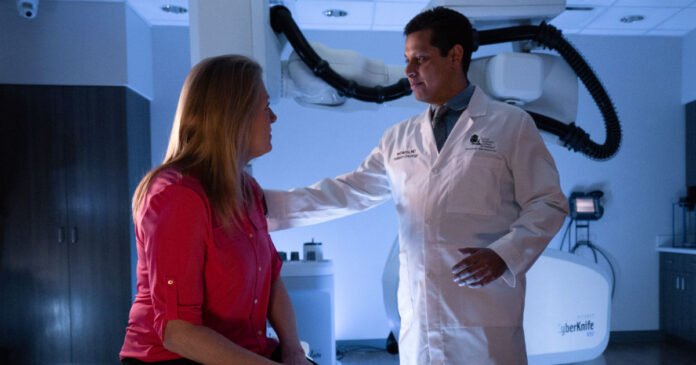The patient load with ovarian cysts, according to experts like gynecologist in Karachi is high. These cysts mostly occur without symptoms and disappear on their own. However, for some cysts, the chances of rupturing and producing adverse symptoms are high. Read on to know more about ovarian cysts and how to treat them:
What are ovarian cysts?
Ovaries are part of the female reproductive system, located on either side of the uterus in the lower abdomen. Ovaries are the organs that produce the female reproductive hormones—estrogen and progesterone—as well as the eggs during the reproductive life.
Sometimes, hormonal changes lead to fluid-filled cysts formation in one or rarely, both the ovaries. In fact, most women develop a cyst in their lifetime, but these cysts are painless and asymptomatic. Cyst formation is more common in pregnant and perimenopausal women. Most of these cysts resolve on their own, without treatment. The trouble arises when they are persistent, and enlarge in size, thereby causing symptoms of pain and discomfort.
What are the symptoms of ovarian cysts?
The symptoms of ovarian cysts include:
- Dull pain with or without fever that comes and goes
- Swelling on one side of the abdomen
- Feeling bloated
- Painful bowel movement if the cyst presses on the bowel
- Breast tenderness
- Changes in menstruation—light or heavy bleeding
- Frequent urge to urinate if the cyst presses on the bladder
- Pelvic pain during menstruation
- Pain during intercourse—dyspareunia
- Feeling pressure on one side of the abdomen
If the cyst ruptures, it is a medical emergency. The symptoms of a ruptured cyst include:
- Dizziness
- Weakness
- Loss of consciousness
- Sudden, sharp pain in the abdomen
- Pain with fever
- Nausea
- Fast breathing
What are the types of ovarian cysts?
The types of cysts are:
- Functional ovarian cysts: in the normal menstrual cycle of a woman, follicles are produced by the ovaries under the influence of the hormones estrogen and progesterone. Normally, the follicle ruptures to release the egg; however, if this follicle keeps growing, it results in the formation of a functional cyst. The two types of functional cysts are:
- Follicular cyst: as mentioned before, normally the follicle bursts to release an egg during the menstrual cycle. But when this doesn’t happen, the follicle continues to grow and form a cyst.
- Corpus luteum cyst: following the bursting of the egg out of the follicle, the remaining structure is called the corpus luteum and it produces estrogen and progesterone. When fluid builds up inside this, it forms a corpus luteum cyst.
- other cysts: while functional cysts are related to the menstrual cycle, these other types of cysts are not. These cysts include:
- dermoid cysts: these are also called teratomas, and contain tissues like teeth, skin, and hair as they form from the embryonic cells. These cysts are seldom cancerous.
- endometriomas: the endometriomas result from the growth of the endometrial tissue outside the uterine cavity. Ovaries are a common site for endometrial cysts.
- cystadenomas: these cysts are filled with mucous or watery material and form on the surface of the ovary.
What are the treatment options?
The treatment of ovarian cysts depends not only on the symptoms of the cyst but also on their size and type. The treatment options include:
- watchful waiting: for most asymptomatic cysts, your healthcare provider would suggest watchful waiting. With subsequent check-ups, your doctor will check the size of the cyst, and the change in symptoms.
- Medication: hormonal contraceptives and birth control pills are helpful in preventing cysts from forming. However, they have no effect on existing cysts.
- Surgery: for cysts that continue to grow and produce symptoms, your healthcare expert like Prof. Dr. Anjum Rehman might suggest surgical removal. This procedure can be performed without removal of the ovary (ovarian cystectomy) or if the cyst is very large the ovary may be removed along as well (oophorectomy). The other healthy ovary is left intact if the cysts are not bilateral.

